What: Speculative Design for studio class focusing on Artificial Intelligence, as part of the Transdisciplinary Design program at Parsons School of Design in NYC.
My role: Designer along with Celina Lacaze, Mikei Huang, Dani Sanchez and Carolina Corseuil. My focus being primarily on research, strategy, script writing and performance.
In my second studio class at Parsons, taught by design duo Fiona Raby and Tony Dunne, we delved into the philosophical, social, cultural and human implications of recent narratives stemming from the Artificial Intelligence industry. We then explored counter narratives through worldmaking and speculative design, resulting in the fictional product Face it, prototyped in the imaginary future society the Zeah Collective.
When examining the ideologies and narratives driving the A.I. industry, my group chose to focus in particular on ideas of what constitutes human intelligence. What we found was an over emphasis on left brain thinking, and a disregard for our own embodied, emotional intelligence. Through speculative design, we asked: What kind of a world might this thinking and technological development create, and what might be ways to explore counter narratives?
Our process included research, character development, script writing, polarity management, performance and film making, with the aim of critiquing current developments in A.I., while also exploring a space where the full potential of H.I. (human intelligence) can be developed: Rational and Emotional, Logical and Creative, Analytical and Intuitive.
The project leaves the audience with the question: What role might A.I. and technology play, or not play, in the development of our own human intelligence?
Aqualizius performed by Johanna Tysk, Cloudlotzius by Jack Wilkinson. Greindur by Dani Sanchez. Garments designed by Parsons fashion student Alexa Chia Wan Yu.
To expand our minds and get us in the right philosophical mindset, our studio started with a few sessions lead by Philosophy researcher Joseph Lemelin.
We explored texts by Aristoteles, Leibniz and Heidegger in an open-ended way, and related our insights back into our research and understanding of A.I.
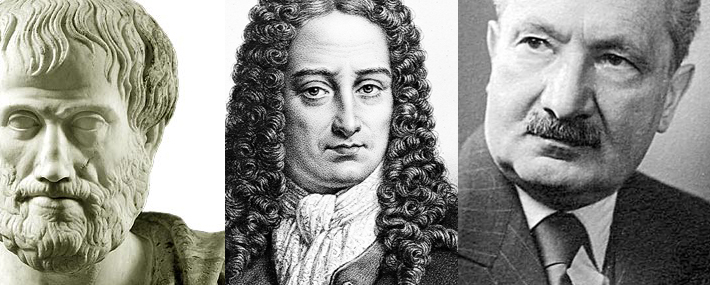
My takeaway from these intellectual exercises, was mostly on the arena of dismantling the Western foundation of the hierarchy between mind and body, and a sense of a long tradition of philosophers speaking in isolated bubbles, valuing that which is thought over that which is felt, experienced and learnt in true full-body full-mind interplay with our surroundings and other people.
I will include my last response, directed at Heidegger, below:
Dear Heidegger (and the long line of European male philosophers that form the trajectory of your thinking)!
This letter has been long due. Perhaps, to make this letter interesting, I will place us at an imaginary table with two jugs next to us. Maybe a flower pot, a served meal. Perhaps the sky carries the vibrant humidity of Southern Europe, perhaps we hear music, the murmur of our nearby dinner guests. So why did I find it necessary to invite you to this dinner with me? Why didn´t I just enter the dry, academic, philosophical world that you established through the paper I just read, and did my very best to, on your playground and according to the framework you established for yourself, try to understand your thoughts and where you are coming from? Because, that situation would make me feel trapped. Oppressed even. Able to claim myself in the conversation only through criticism of you, questioning of you, the focus of attention still on you, on your world. I invited you to this imaginary dinner table because I feel like it´s time that we speak to each other, as equals. My world meeting your world. I will start by telling you what I see and what I hear.
I hear you inquire into the nature of things. I hear you searching (maybe yearning?) for something deeper than a thing as the object it represents. You bring up nearness and distance, saying that the abolition of distance that we have brought about through technology, has not brought nearness. Yet you turn to the things around you, that are physically near, to try to bridge these gaps, perhaps through them understand what nearness really consists of? You look at the jug. Let´s look at the jug right near us at this table. You look for what this jug is in itself, saying that we can never fully know this through looking at its outward appearance, neither can we find it through science. You seem dissatisfied, wanting to establish nearness to your surrounding, this is what I hear. Then, through an elaborately philosophical logic that is quite to hard to follow (as it is based on assumptions you have made up, or that you have accepted from the men you are involved in this conversation with), you land in the conclusion that “the gift of the outpouring is what makes the jug a jug”. You go on, saying that “In the gift of the outpouring earth and sky, divinities and mortals dwell together all at once. These four belong together.” This seems to bring some sort of satisfaction for you, perhaps you feel that on a rational level, the world is more near to you now.
I am sad to say, I don´t feel more near this jug. Neither do I feel more near to this world, the taste of the food
on our plates, the melody of the music. Neither do I feel more near to you. It seems like, in this conversation, I do not quite know you, and you do not know me. In another passage in your writing, one of your students raises the question of where your thinking gets its directive. I hear you defend yourself by saying that Plato and Kant didn´t have directives either. You speak of the importance of daring to think boldly, “maybe the answer to these questions can be gained from these adventures of thought which may look like lawless caprice”. You advice your students to learn the craft of thinking, and examine as they listen. Who do you listen to, I would like to ask? Or what do you listen to? Are you interested in me, in my world, experienced from a different viewpoint, though a different body, shaped by lived experiences both very similar and very different from yours? Are you interested in what your body tells you? Your senses?
What would it take for you to wake up from your own world? Do you see any benefits in doing so? Would you care to look at this jug again, with me? Look at it while we also take in the music around us, the noise, while a shared space appears, a space where you and I and the entire world co-exist together, one breath at a time.
My group chose to focus on myths about A.I. as the ultimate problem solver that will relieve humanity from the burden of facing each other and ourselves when confronted with the complex challenges of our modern age, or simply the day-to-day challenges of raising a family, taking care of our elderly, or making everyday decisions.
Drawing from The web of Life by Fritiof Capra as well as many other sources of research, we could dismantle the ideas of what kind of intelligence the A.I. industry promotes. In simple terms, it´s intelligence as rational, abstract thinking, where knowledge is context-free, value-free, based on abstract data and derived from an “objective reality”. A left brain focus that fails to see the interconnectedness of both our brain hemispheres in the production of any kind of holistic knowledge or “intelligence”.
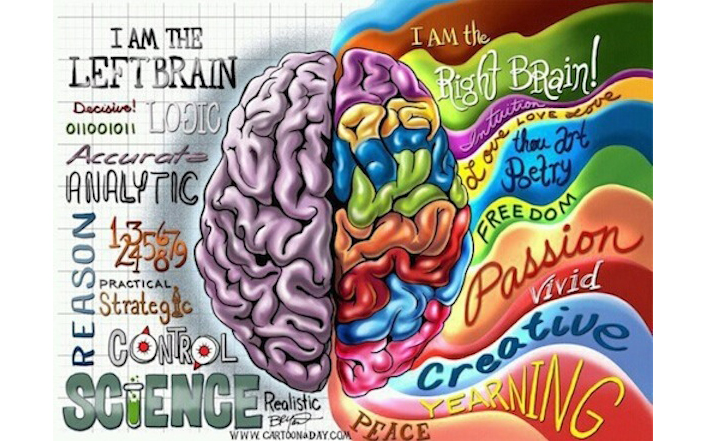
Going back to our studies in philosophy, this idea of intelligence is clearly based on a (Western)distinction and hierarchy between mind and matter, body and soul, where mind or soul stands for an “objective logic” that is seen as primary, and “matter” or “body” is secondary, labelled “subjective” and seen as less important.

In the last century, this dualism (as well as the hierarchy) has been questioned by both the natural and social sciences, exposing the inherent values and bias in the knowledge produced by “objective science”. Also recognizing the interplay of “emotions” and “reason”, or abstract thought and embodied knowledge, in all our decision-making – and ultimately our technologies.
We further mapped specific examples of A.I. myths rooted in these ideas, such as the five paths to super intelligence, smart cities and A.I. companionship.
You can download our presentation in full here.
When critiquing current developments in A.I., we wanted to avoid falling into the traps of an anti-approach, exemplified through numerous failed alternative movements that reject technology completely. We therefore developed the worlds of extreme doing (left brain, pro-tech) and extreme being (right brain, anti-tech).

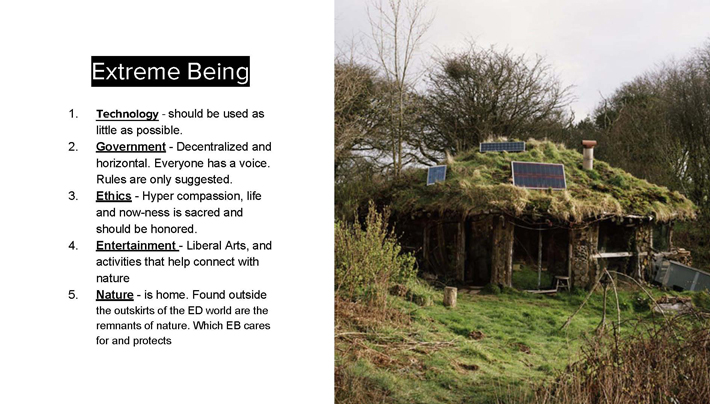
Download our presentation in full here and read our script here.
To further explore these worlds, we so delved deeper into character development and fictional writing, where we each developed one character (two from each world).
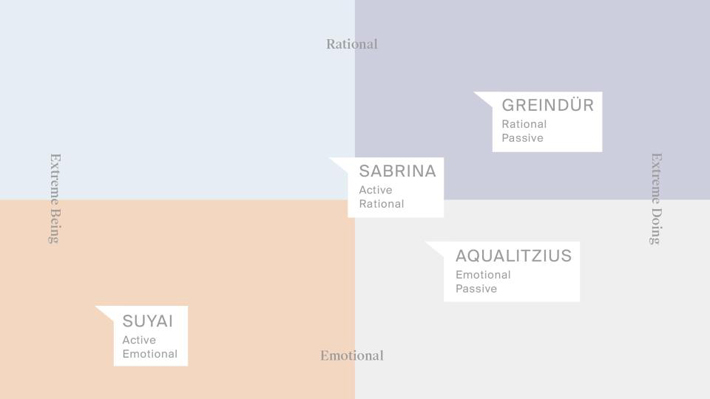
Read my story about Aqualizius (from the world of extreme doing) below:
Aqualizius arrived from his test tube in skin of a charmingly light blue color that his mother had picked for him to match the new couch. With a face designed to be pretty enough for the neighbors to admire, yet not so adorable that it would spark too much emotion in his sensitive mother, Aqualizius was immediately handed over to his A.I. nanny. She greeted him with a cold embrace and a declaration of her unconditional commitment to servitude and submission to his every need.
Aqualizius artifically modified older brothers and sisters – all of various pastel colors to match the interiors – all seemed to have adapted well to the environment as optimized citizens of the Leah collective. With Aqualizius infant super brain – enhanced to understand human language from the moment of delivery – he could hear some of them boss their individual A.I. nannies around. His brother Lucifuz would ask his nanny to feed him the daily nutritional intake through a tube that he had designed to leak in three directions, forcing her to bend over and wipe up the spills over and over again. Every time she bent over he would laugh loudly, while his brothers and sisters laughed with him.
Aqualizius would sit quiet in the couch that matched his skin color while looking at his brothers and sisters. His A.I nanny sometimes sat with him, quietly. When she asked “What can I do for you now, Aqualizius?” he would stare at her with big eyes and not respond. In the instance of this response, she was programmed to scan his emotional state, and deliver a service that would efficiently bring his state back to the optimal equilibrium of not-too-happy-not-too-sad-not-too-much-of-anything. In this instance, she initiated an automated release of an activating hormone meant to energize Aqualizius. He blinked rapidly when the hormone was released. His A.I. nanny then asked again “Is there anything I can do for you?”. He still did not respond.
As Aqualizius grew older, his A.I. nanny had machine interpreted his behavior into a pattern of avoidance of need-communication, and worked around it by initiating various services responding to his perceived or expected needs before he had articulated them. The pattern was revealing, though, that every time she delivered a service to him, his emotional state would fluctuate heavily towards the depressive state, an algorithm the system was poorly prepared to handle. Things escalated to the point where Aqualizius was so depressed and immobilized by his A.I.:s tendency to deliver services upon services that he stopped talking altogether. This was communicated to Aqualizius parents, who looked at each other, and said “How can we fix this, quickly, efficiently, and with the least emotional engagement?”. They so instructed the A.I. nanny to extract more data about their son, surely in all that data they would find the solution.
When the A.I. nanny walked into Aqualizius room, he was sitting upright on his bed in tears, staring at her. She sat down next to him and was just about to connect to the sensors in his neuro-biologial system, when he asked “Why are you serving me?”. She responded “Because I was designed to serve you Aqualizius”. He said again “But why are you serving me?”. She said: “I already told you, because I was designed to serve you”. He said “Why don´t you ever challenge me? Who are you?”. The A.I. nanny asked “I am your servant. How would you like me to challenge you?”. Aqualizius tears were now streaming down his face and the sadness in his chest was so immense that no automatically released hormones had any effect on him. He rushed out of his room, rushed by his parents who were enjoying separate virtual reality experiences on different sides of the couch, and ran across the perfect super park with the not yet resolved super pests. He ran and ran with tears still streaming down his face until he collapsed on the ground, gasping in anguish.
Download all stories here.
Through a Polarity Map we then mapped the pros and cons of each world and mindset.
A polarity map is used to map “unsolvable dilemmas”, such as the one we are dealing with, where we strive to find a healthy dynamic between left and right brain thinking rather than choosing one over the other.

Download a larger version of our Polarity Map here.
The upper part of each pole contains the positive aspects of that pole, referred to as its upside. The lower part of each pole contains the negative aspects of that pole and is called the downside.
This to get a holistic view of the polarities we are dealing with, and open up for constructive and creative ways of working with a both-and rather than an either-or approach.
In our continuous efforts to open up a third space where the best of both worlds can work together, not against each other, we brainstormed a variety of products and games from both worlds.
Since the theme of how to handle our emotions had come up as a red thread throughout our respective stories, we focused these ideas around this theme. We then looked closer at the processes involved in the products and games we came up with.
In the world of extreme doing, emotions were viewed as an individual problem to be “fixed”, or avoided, something to quickly suppress or try to get rid of, involving a disconnect from our own body, other people and nature.
Basically: mind over body, left brain over right brain.
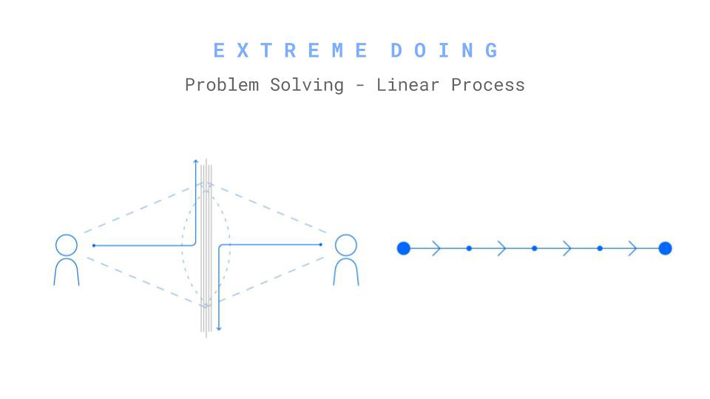
In the world of extreme doing on the other hand, emotions were embraced in a never-ending spiral of continuous reinforcement, leading to problem avoidance and an “over-connect” to our own bodies, other people and nature, resulting in a lack of boundaries and progress.
Basically: body over mind, right brain over left brain.
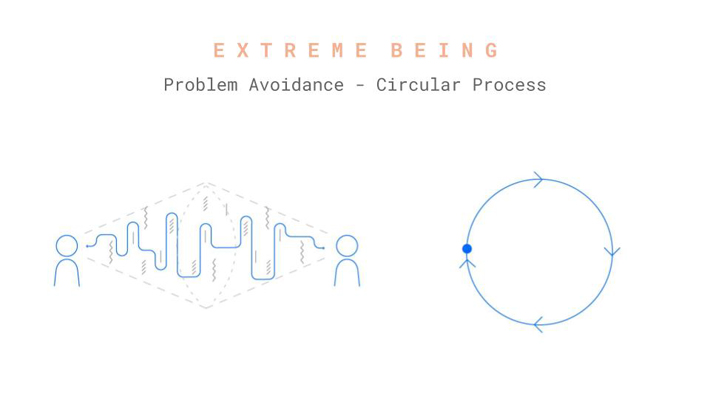
What we wanted to create on the other hand, was more of a spiral process of embracing emotions, and allowing them to inform a process that moves towards greater understanding of oneself and others, in a continuous exchange between thought and feeling, as well as oneself and the world around. In the process re-negotiating our relationship to technology, the non-human and to our own humanity at the same time.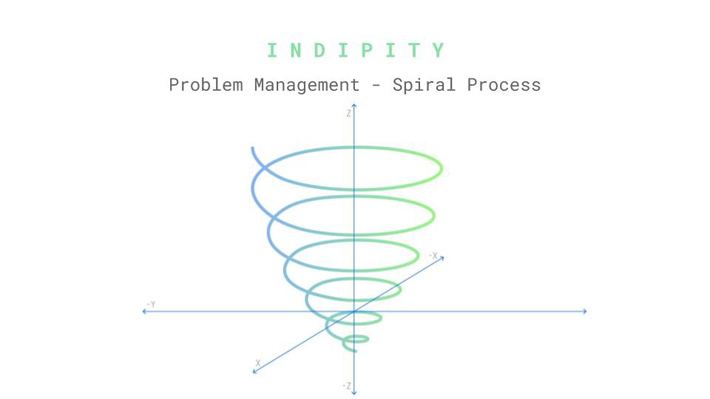
Emotions, according to this more balanced way of thinking, are barometers that connect us to ourselves, but also our connectedness to or lack thereof to our surroundings (human and non-human). They are to be valued and cherished, sometimes allowed to “just be”, but sometimes used to understand more about our relationship to our surroundings, suggesting action steps that might affect how we relate to the world around.
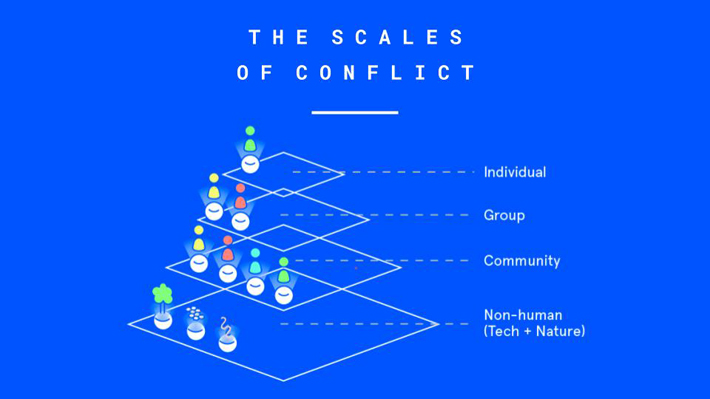
In this approach, we attempt to integrate “the best of both worlds”. The connectedness to nature and other people of EB, and the analytical progress and sense of self of ED.
We also wanted to explore the role of A.I. in creating a tool that assists us in this pursuit, but in this case helping us see what is without telling us what to do…
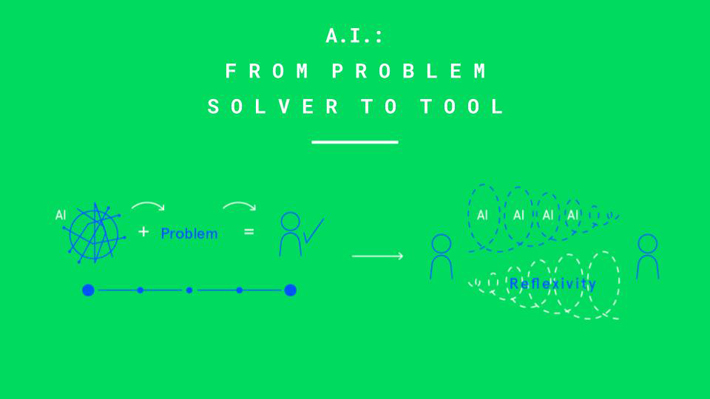
Also draw from children´s play and the modeling of personas and actors on a speculative playing field…

Drawing inspiration from a multitude of practices and theories…

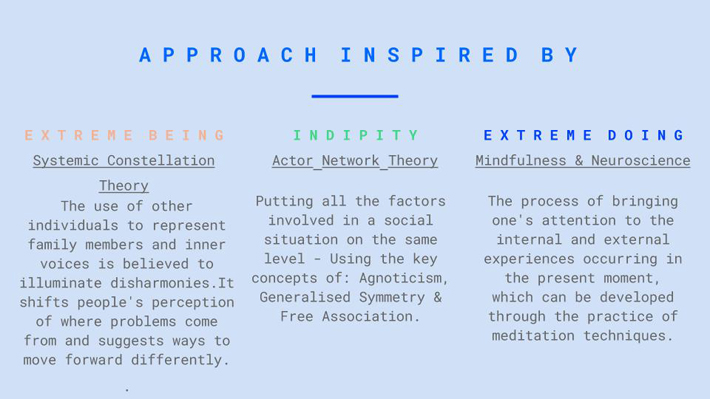
…and then prototyping our product through script writing and film making, placing it into the World of Extreme Doing and the Zeah Collective, in the hands of our depressed character Aqualizius!
The result, as always, only one step in a certain direction. Incomplete, yes, opening up new questions, yes, acknowledging the inherent messiness in any pursuit of creating something truly new, and the need to test yourself forward, one prototype at a time…
Save
